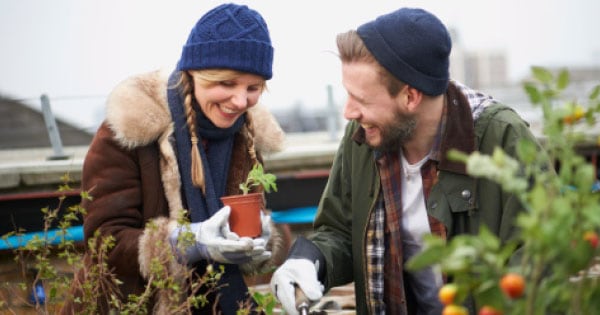It’s the middle of winter and you’re craving for a meal with a good salad on the side. Instead of going down to the grocery store to get some fresh greens, wouldn’t it be a dream to just step out to your garden? That’s not so far-fetched as you might think. It’s possible to grow a fall or winter garden absolutely anywhere!

With these tips, you’ll never run out of fresh greens even during the coldest winters.
1. Start with plants instead of seeds.
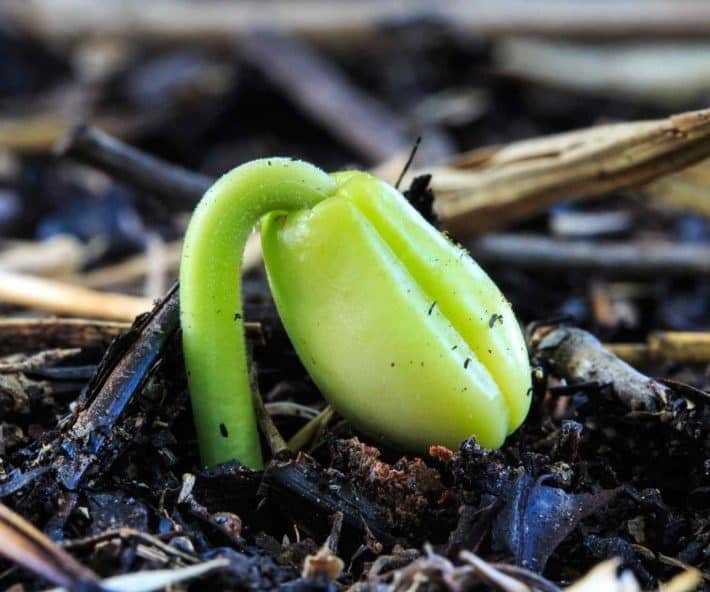
Get a head start on the fall and winter seasons by buying short-season plants that are abundant during this time of the year. There are varieties of seeds which can be more difficult to cultivate during the cold months. Having plants that are mature enough to withstand these seasons is ideal for your garden.
2. Get a cold frame.
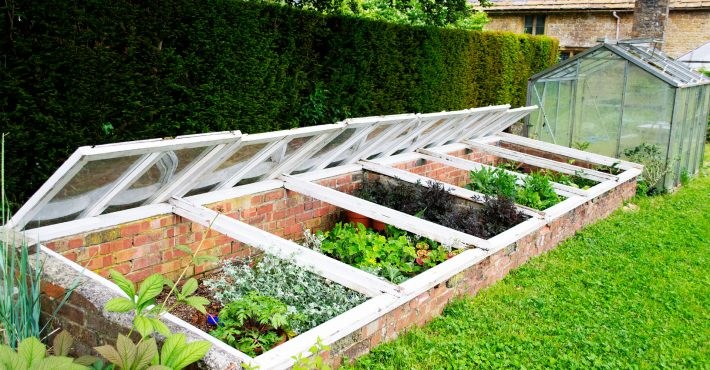
Consider buying or making your own cold frame. It’s basically a small greenhouse that sits on top of the ground. It’s also bottomless so you can just place it directly above your plants to protect them from cold temperatures and drying winds. They’re low-cost and easy to build and there are several DIYs that you can follow online. This is best to use on a deck or patio where you have your potted plants or on top of your garden bed.
3. Add heat to your cold frame.
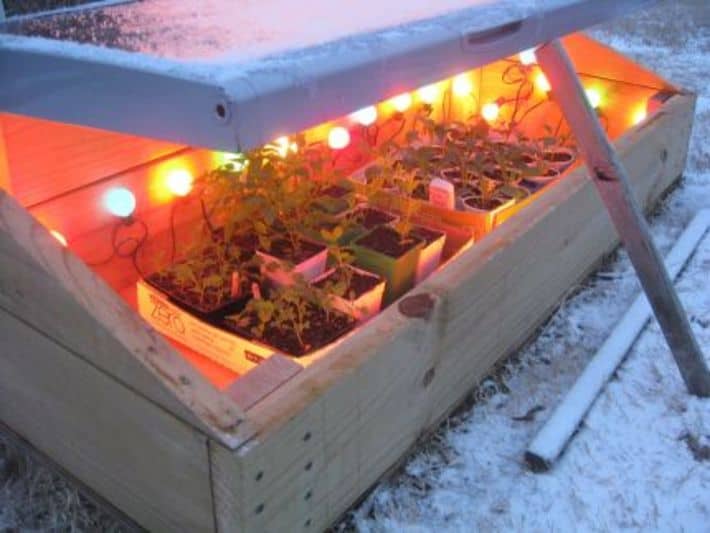
Now that you have your cold frame, an extra step you can take to make sure the growth of your plants is to add heating. It’s as easy as plugging in a string of mini holiday lights and placing them strategically inside your cold frame. This method can increase the temperature inside by about 10 degrees. You can even grow cool-weather plants like lettuce, radishes, and edible pansies just by keeping your cold frame well-insulated. Just make sure to keep it at around 40 degrees.
4. Raise your garden beds.
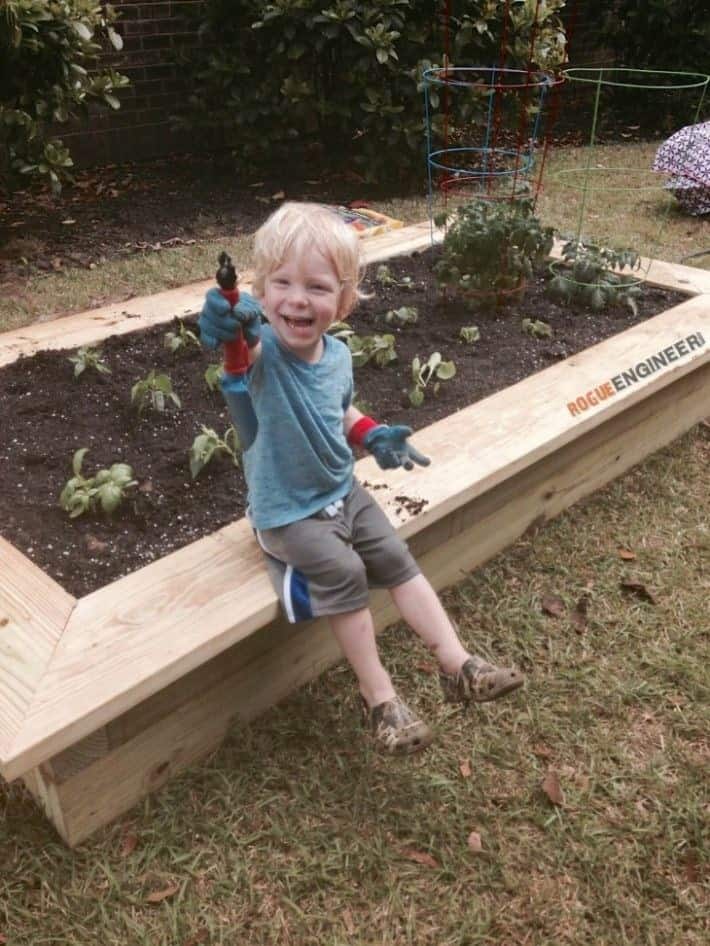
The season gets wetter as winter approaches, so you have to be mindful of good drainage when taking care of your garden. Raising the soil level by 8 inches can make a big difference. This method keeps the roots and the base of your plants from rotting. An additional tip when doing this is filling the bed with native soil and compost.
5. Choose “hardy” vegetables.
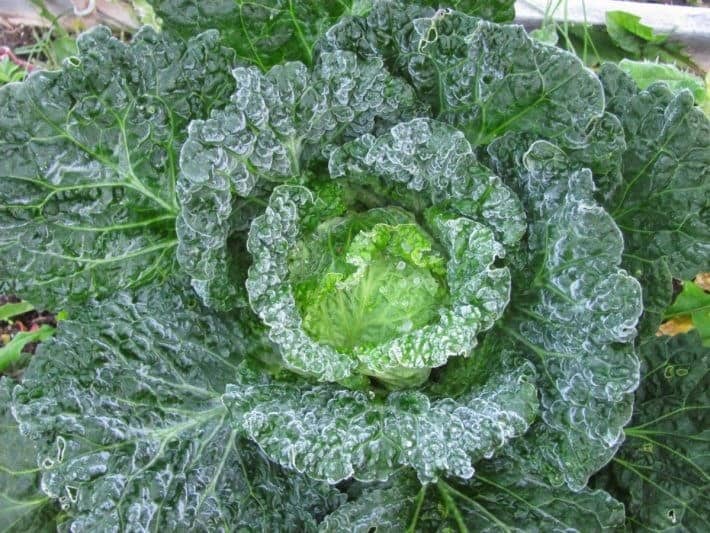
And no, we’re not talking about Tom Hardy here! In garden-speak, when we say hardy, we’re talking about plants that can adapt to the cold. Identifying the right kind of plants to use is vital to growing your winter or fall garden. There are plants that don’t survive well in frigid temperatures such as tomatoes and pumpkins. So how do you select the right plants? Plants labeled as “cold-hardy”, “frost tolerant”, and “freeze tolerant” are perfect for sub-freezing temperatures.
6. Use low tunnels.
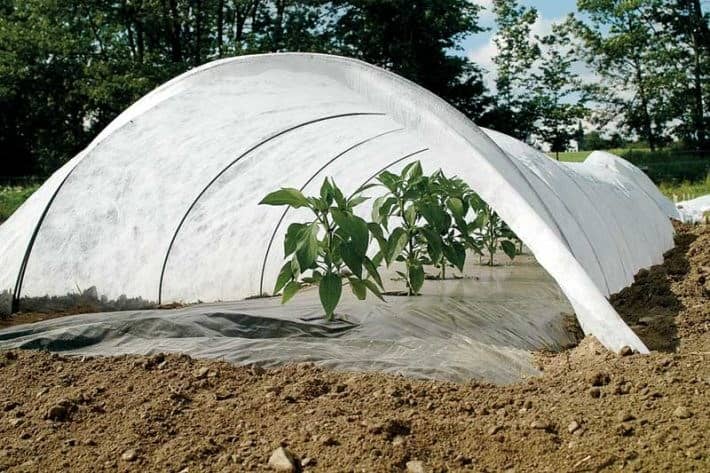
Low tunnels are also known as quick hoops, caterpillar tunnels, or mini-hoops. They’re a relatively new method of protecting plants compared to cold frames. They can be made from PVC pipes or metal, bent into arcs over garden beds, then covered with clear plastic sheeting on top. One benefit of using low tunnels is you’ll be able to yield more harvest because of the bigger garden area you can work with —you can grow large sprouting vegetables like broccoli or cabbages which can reach 3 feet in height!
7. Get indoor grow light systems.
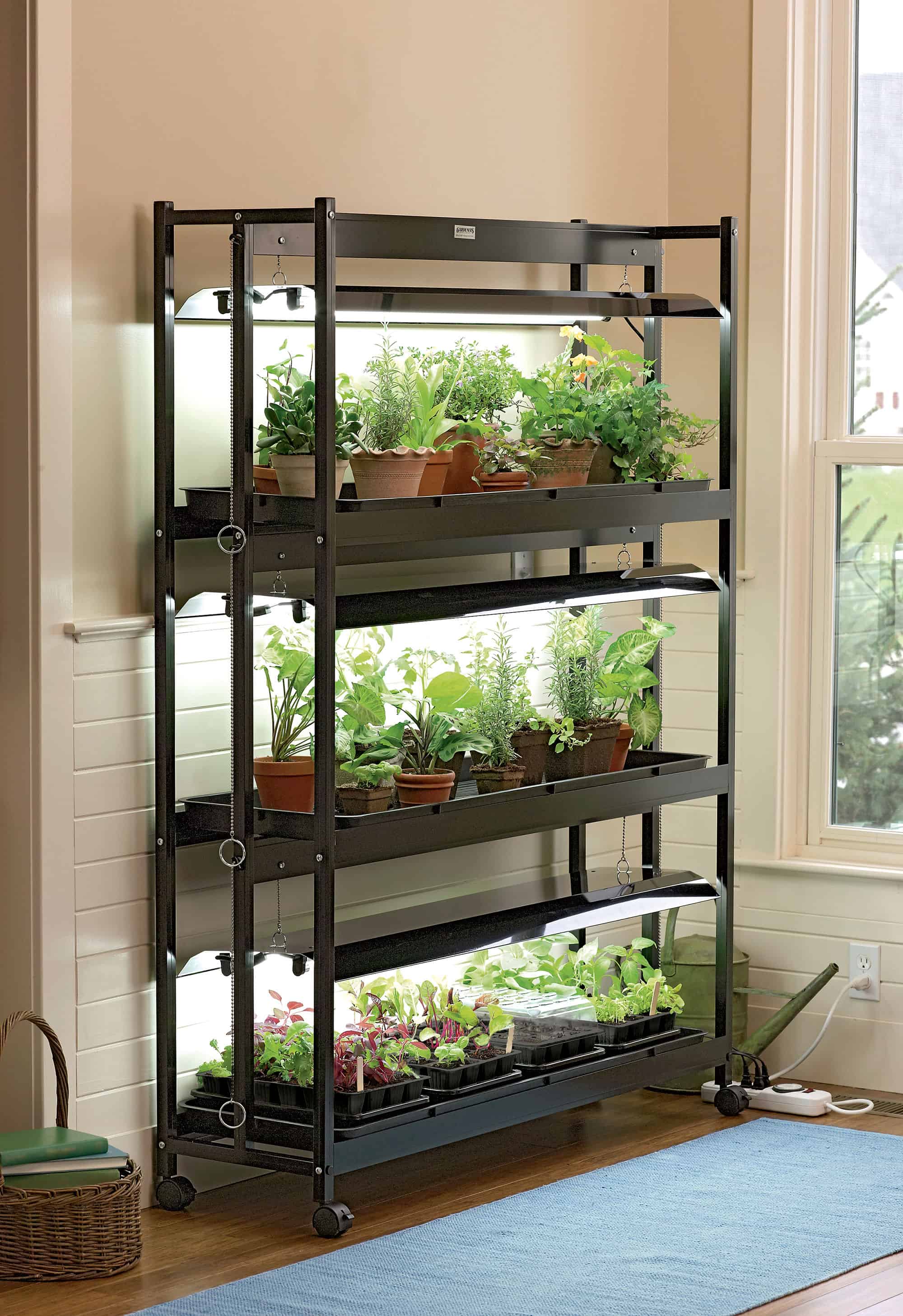
With an indoor lighting system, you can grow seeds even in the winter. When the plants are mature enough, you can transfer them outside. Having your own indoor light system allows you to control the environment for efficient seed cultivation.
8. Check a plant hardiness zone map.

Gardeners and growers can determine which plants are most likely to thrive based on this standard. This map is based on average annual minimum winter temperature depending on your location. There are even online sites where you can easily type in your zip code and find the hardiness zone of that certain area.
9. Build a miniature greenhouse.
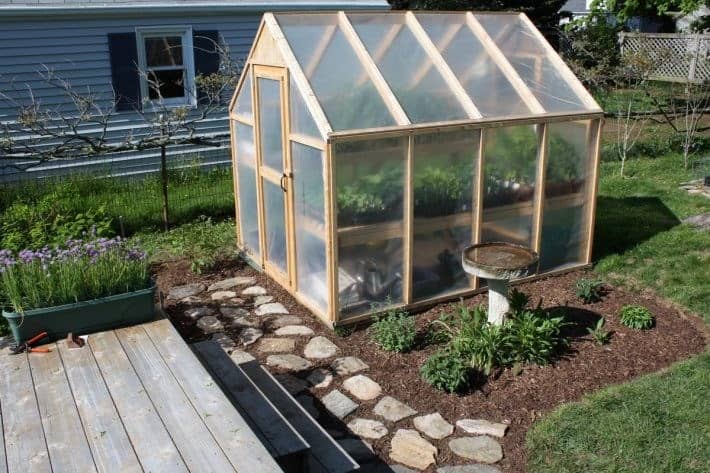
This is best for people who live in much colder climates where low tunnels and cold frames just won’t cut it. A miniature greenhouse can keep temperatures really warm and keep the plants inside thriving even with little to no sunlight. The trick is to keep an electric heater to maintain ideal temperature ranges.
10. Buy a room thermometer.
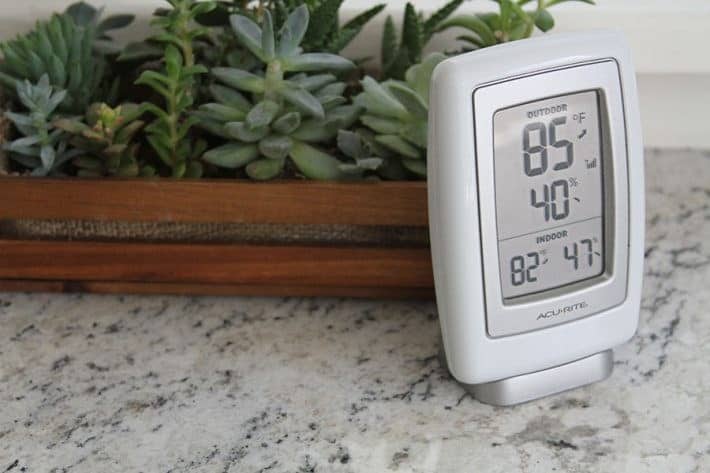
This might just be the most basic tip in the book but it’s an important one. Keeping the temperature range in check will allow you to monitor the right environment for your greenhouse or indoor plant room. For cool weather crops, 45-55°F or 7-13°C is ideal.

